[scroll left to right]
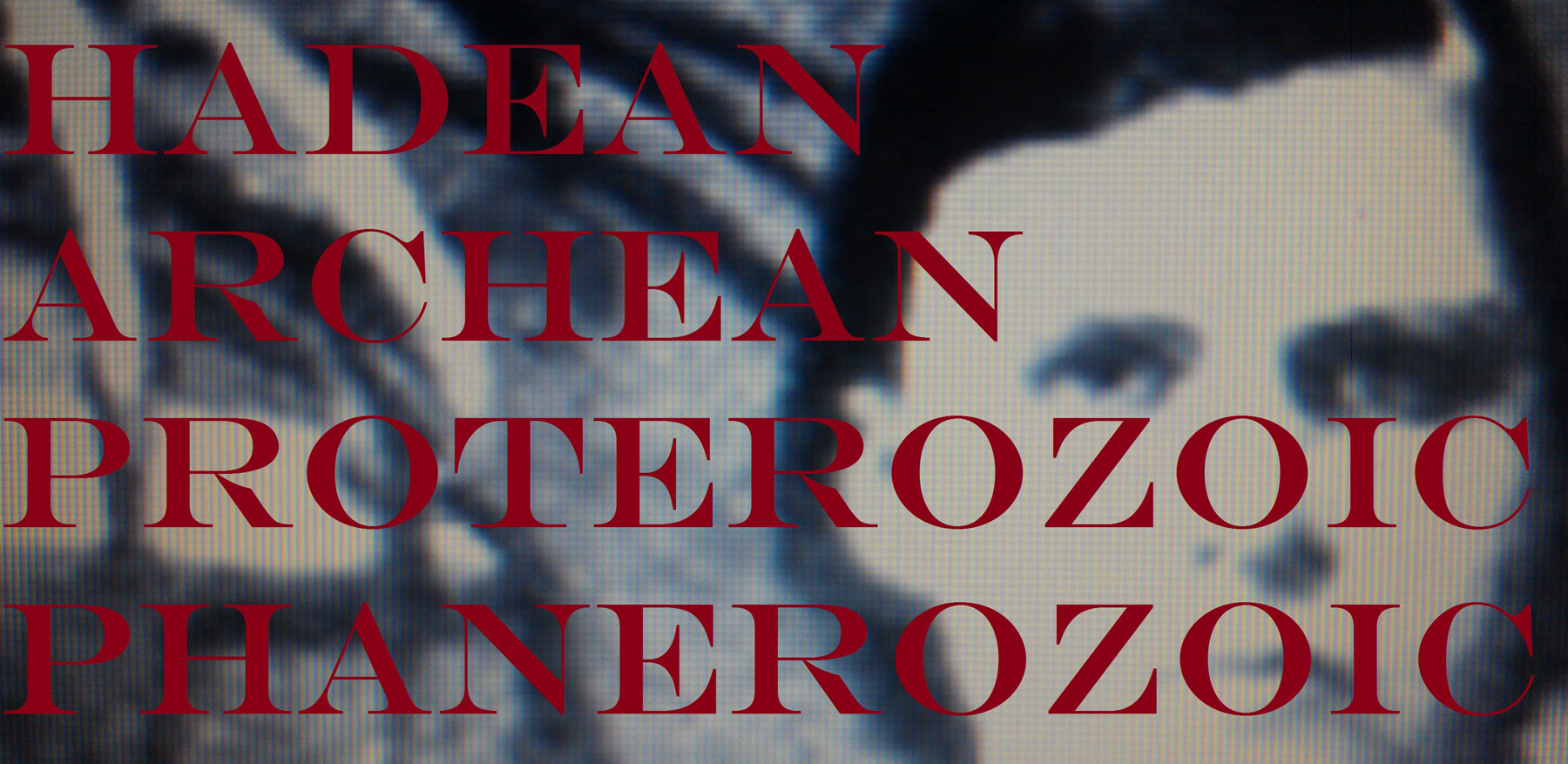
Aeon / Text: The four geologic eons; Image: Young Nietzsche
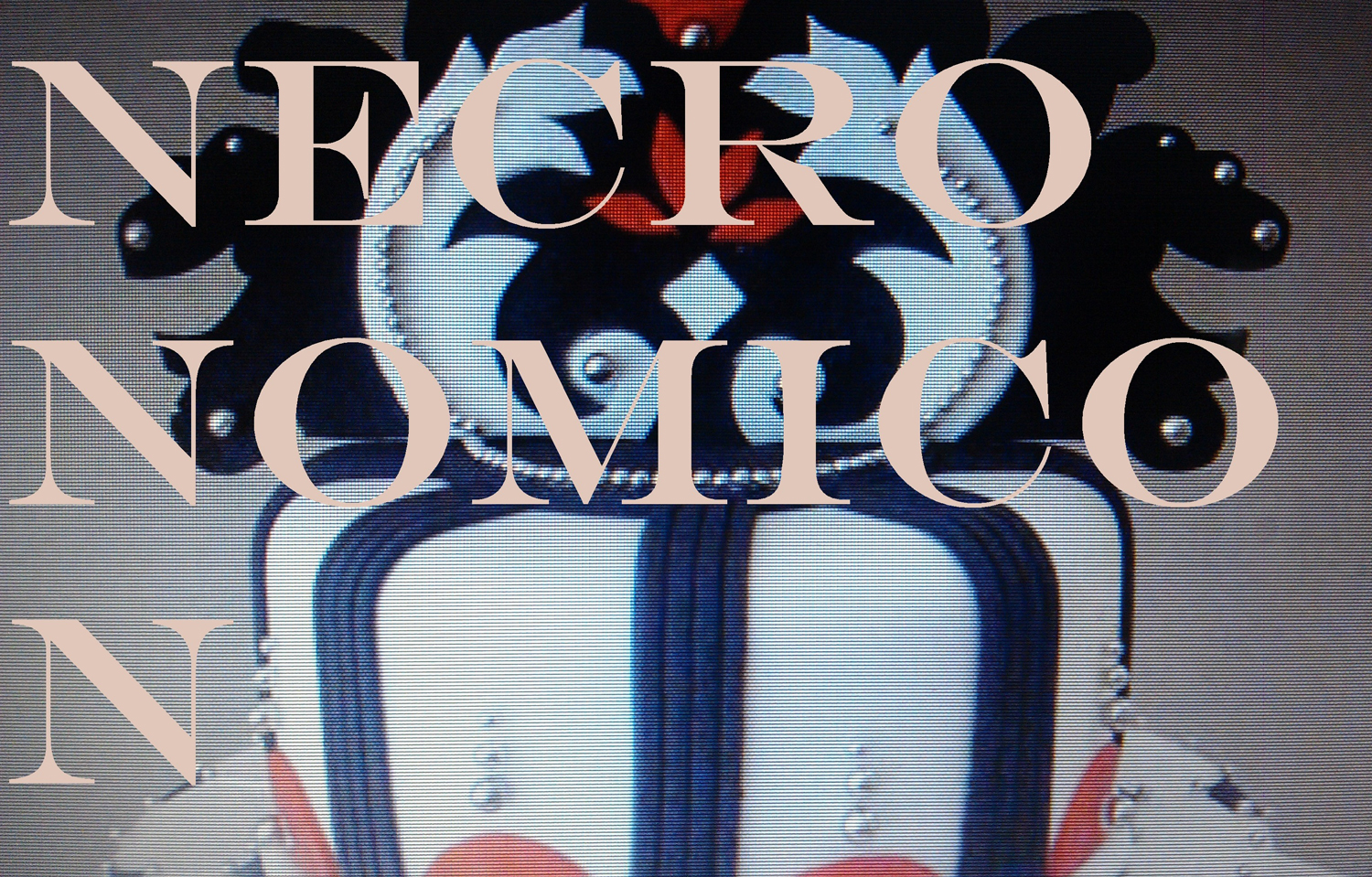
Necronomicon
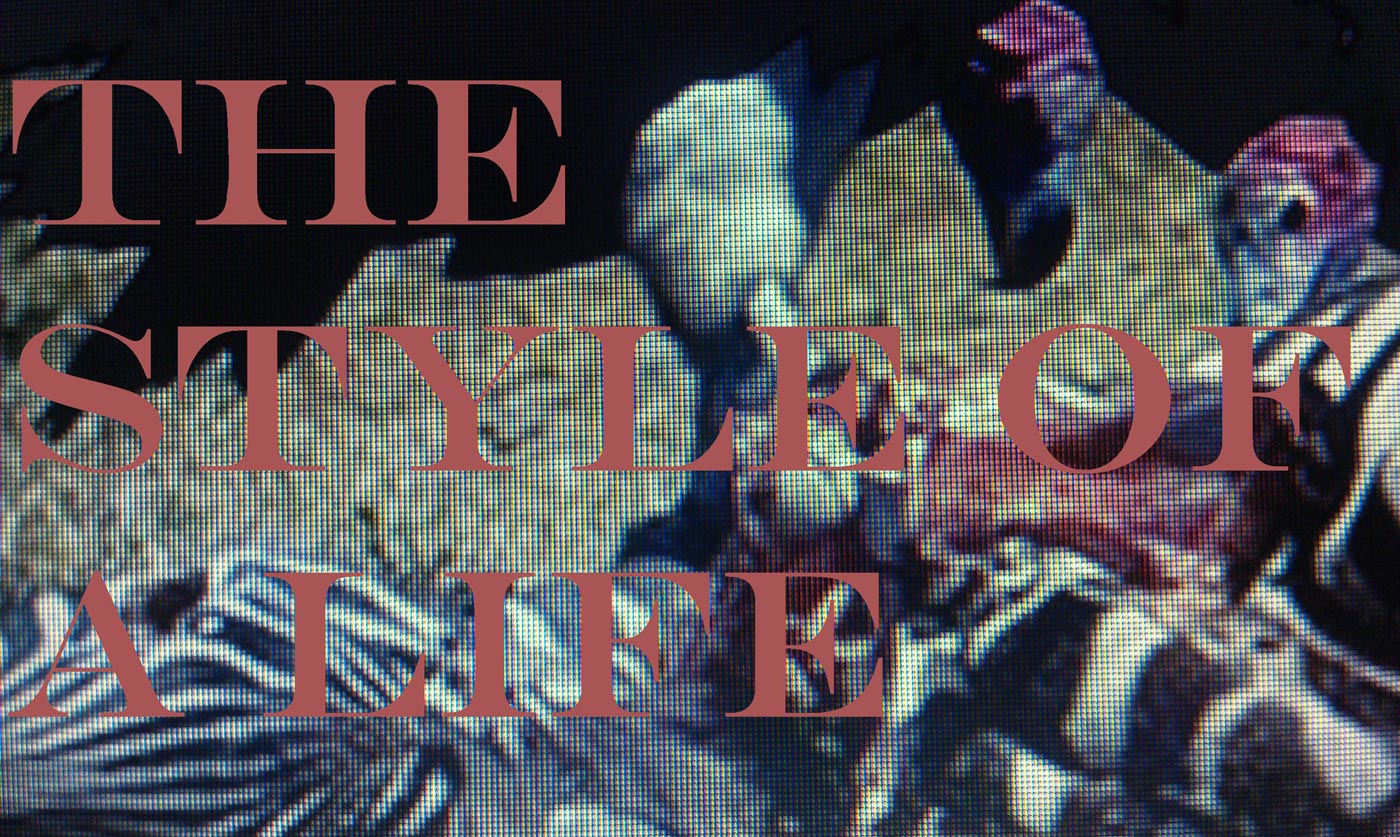
The Style of a Life
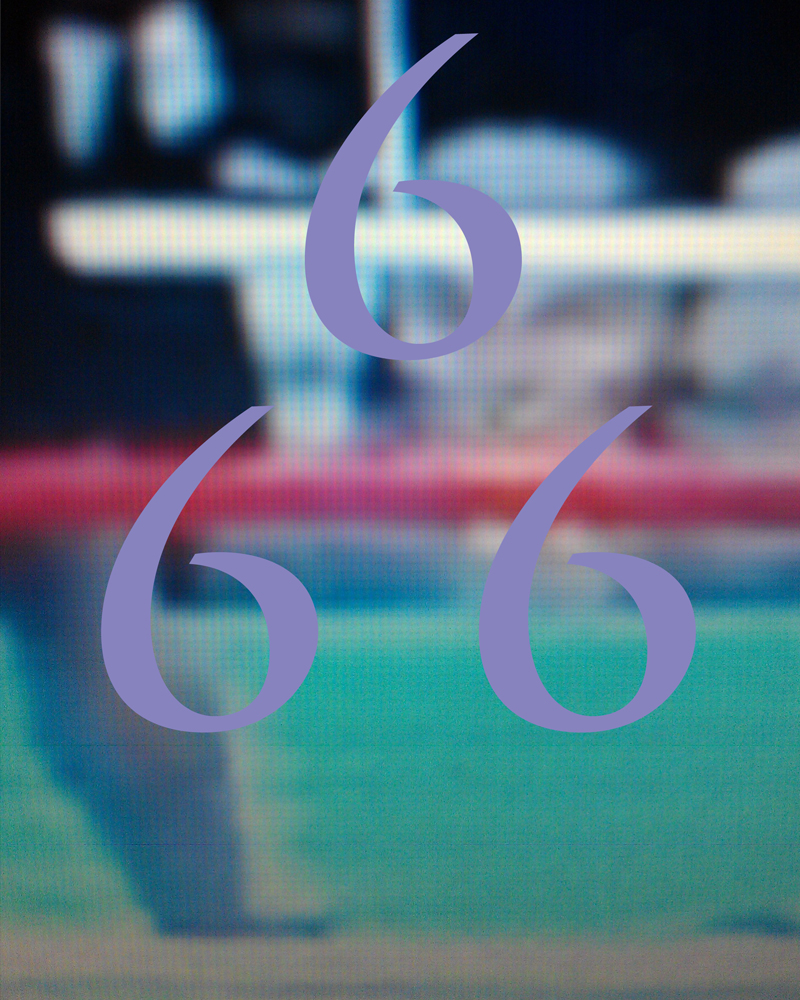
Lucifer / Image: from Berbick vs. Tyson
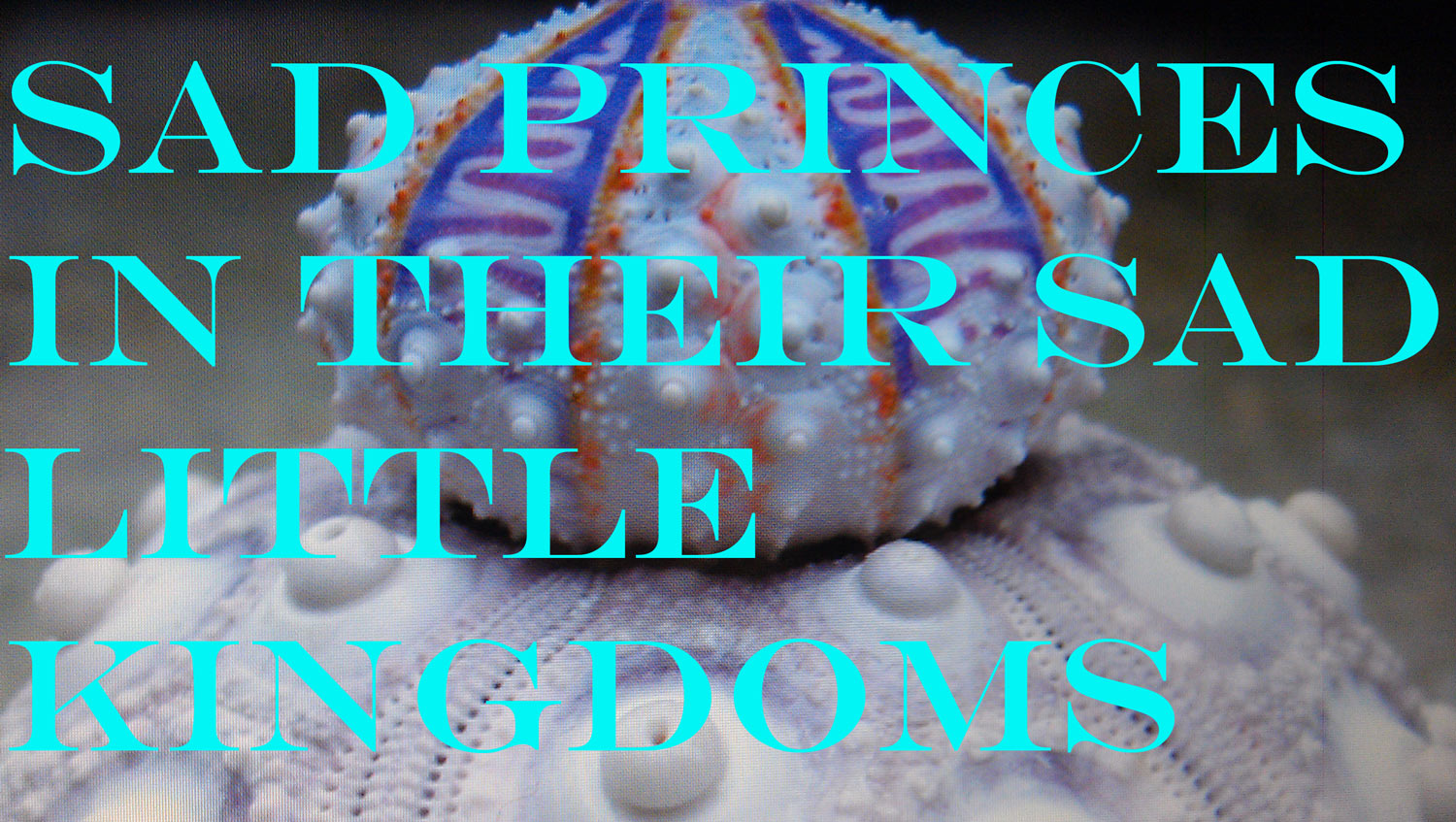
Sad Princes
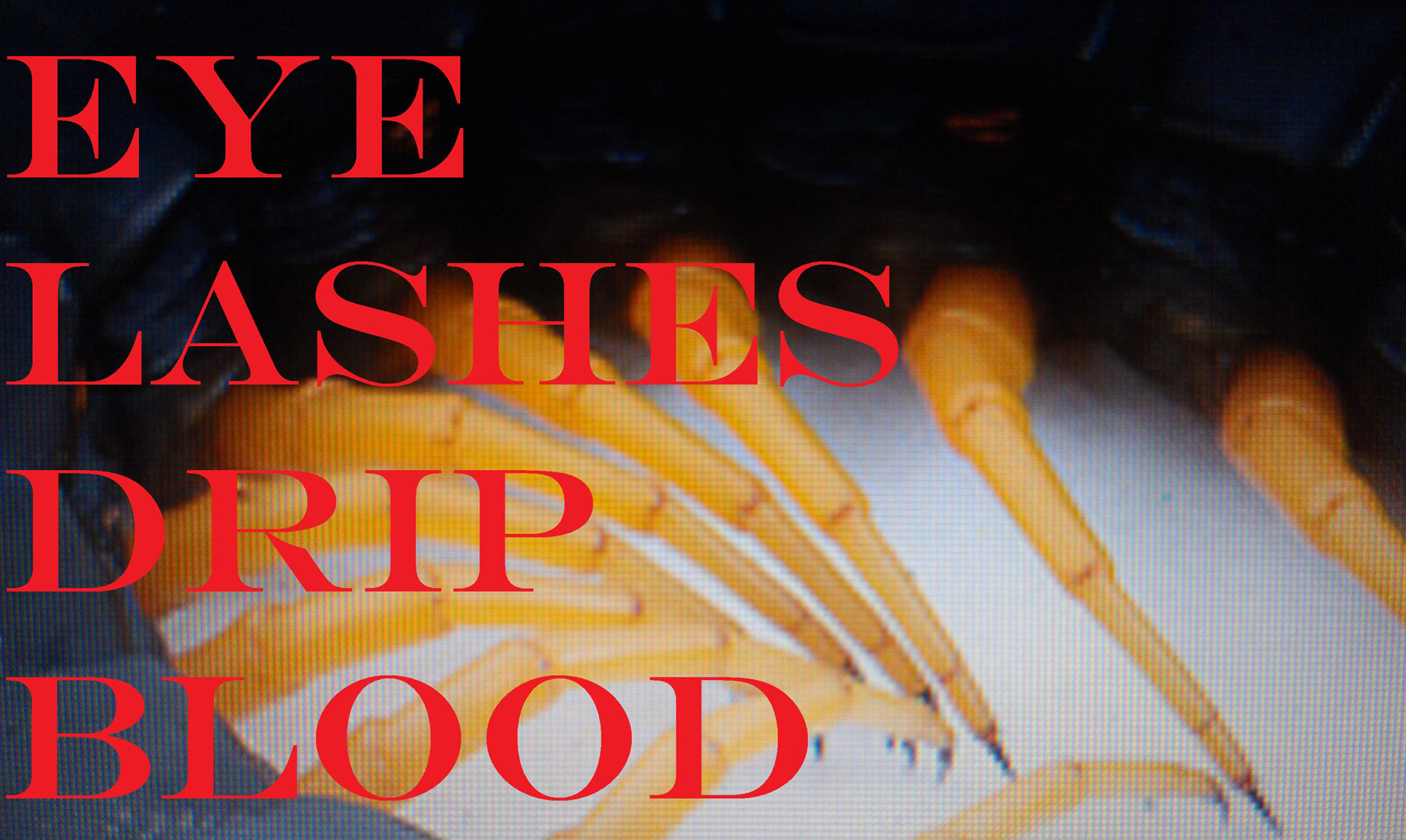
Eyelashes Drip Blood / Text: Galib, from “Ghazal 9”

Ecstasy / Image: Jack Spicer
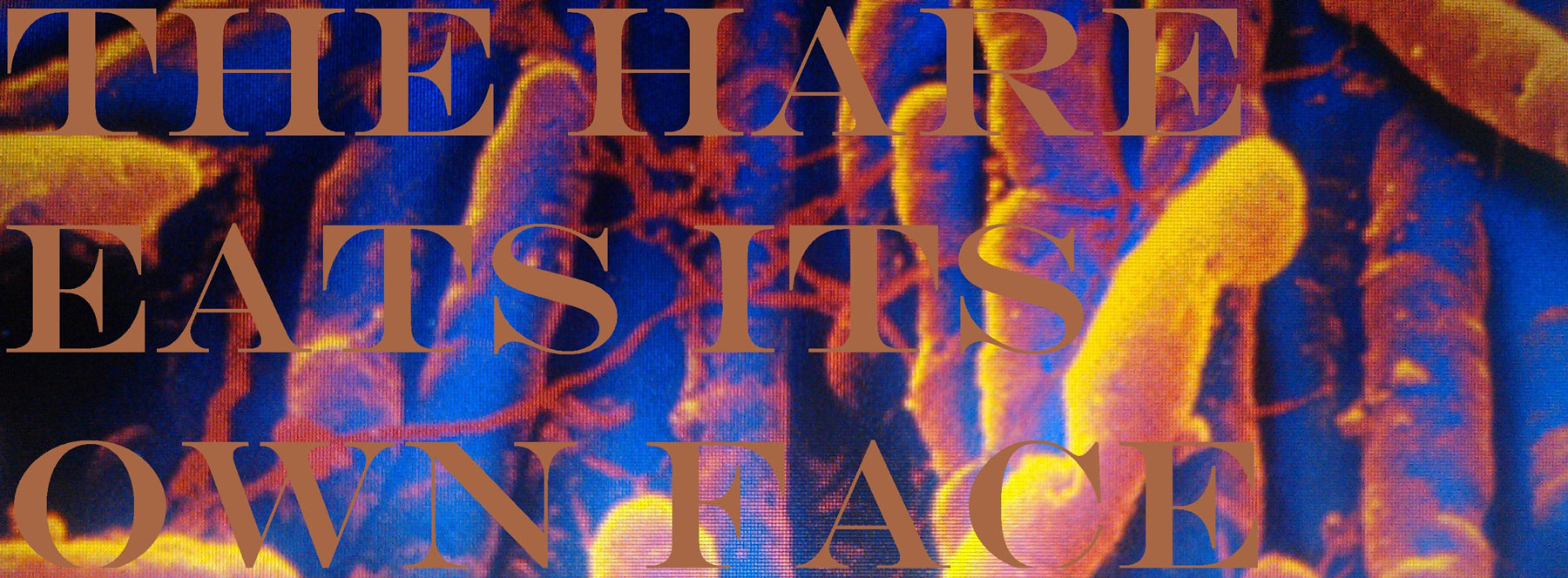
The Hare Eats Its Own Face / Image: Clostridium difficile
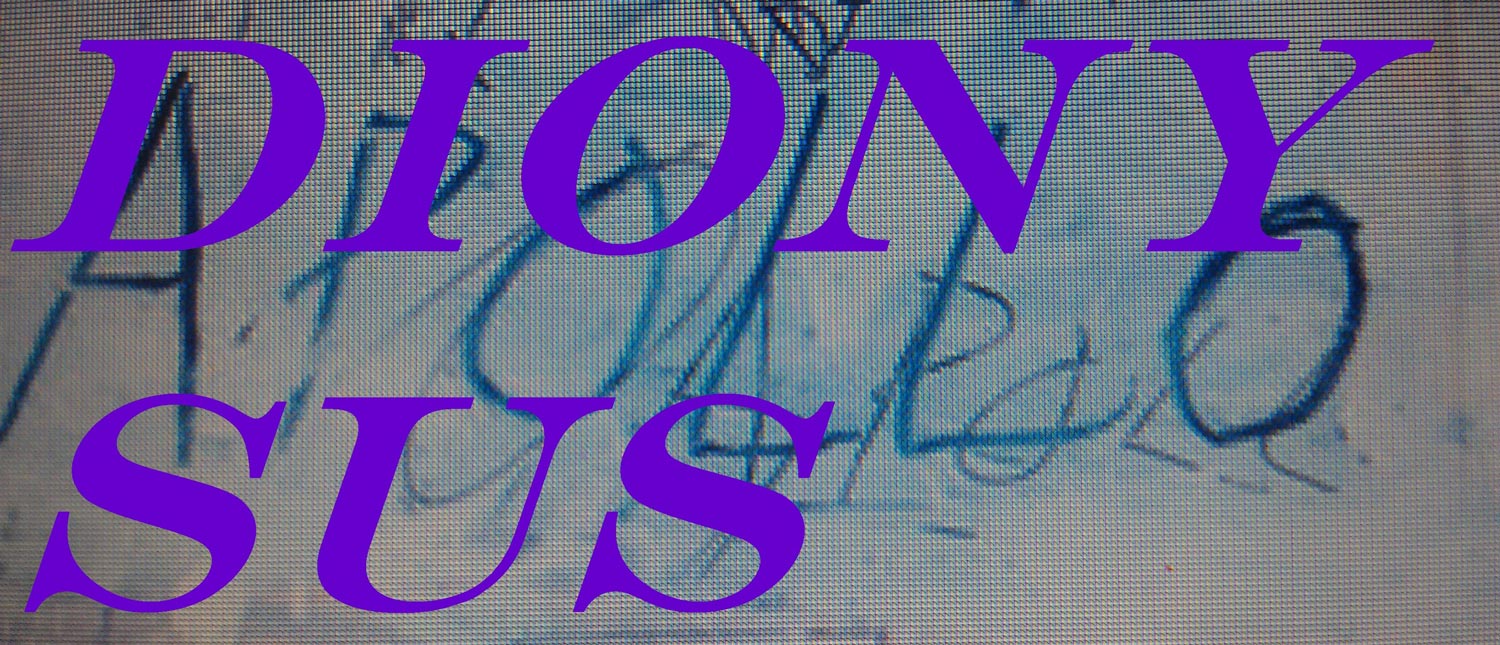
Apollo & Dionysus / Image: Cy Twombly, from Apollo and the Artist
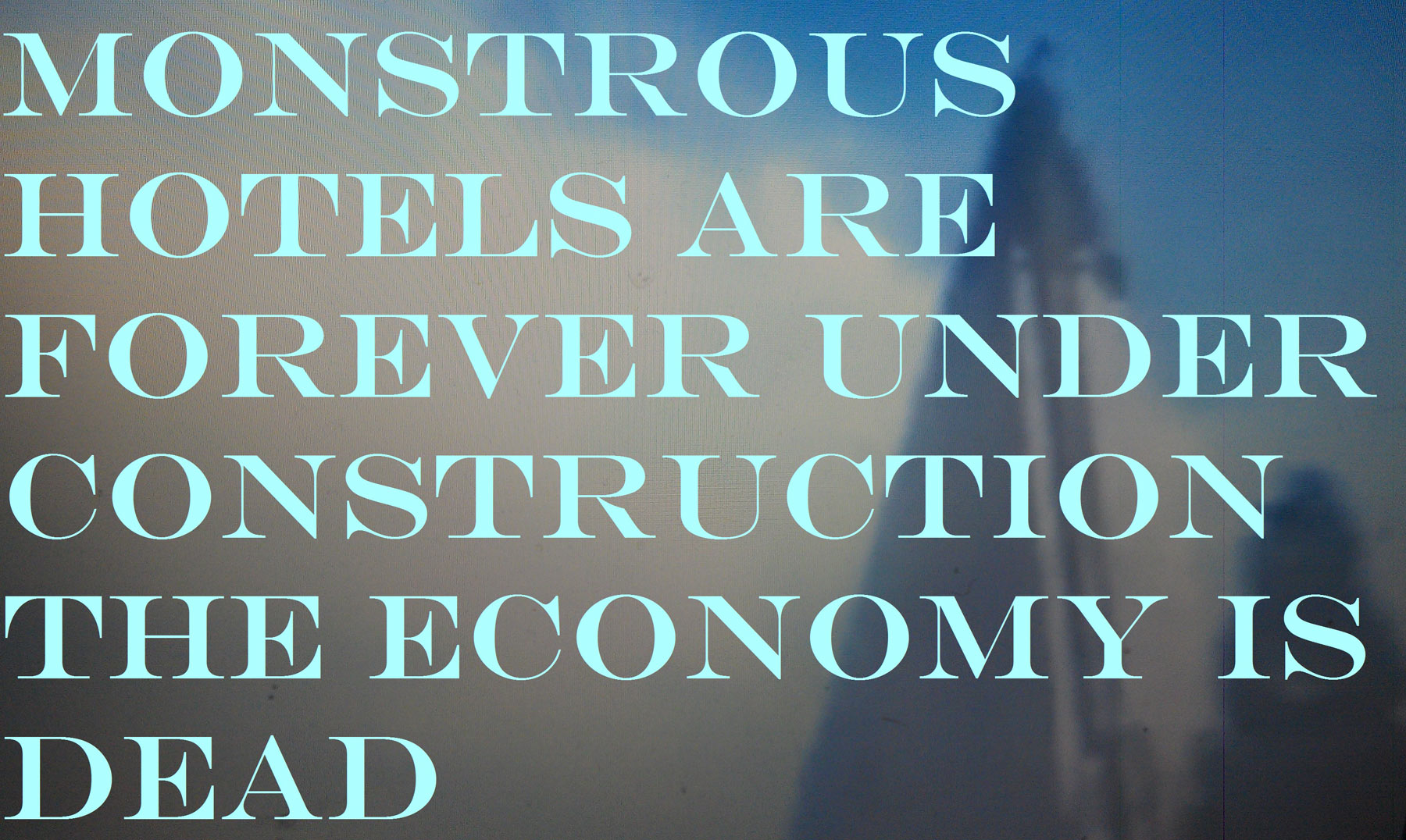
Monstrous Hotels / Text and Image: from Welcome to North Korea
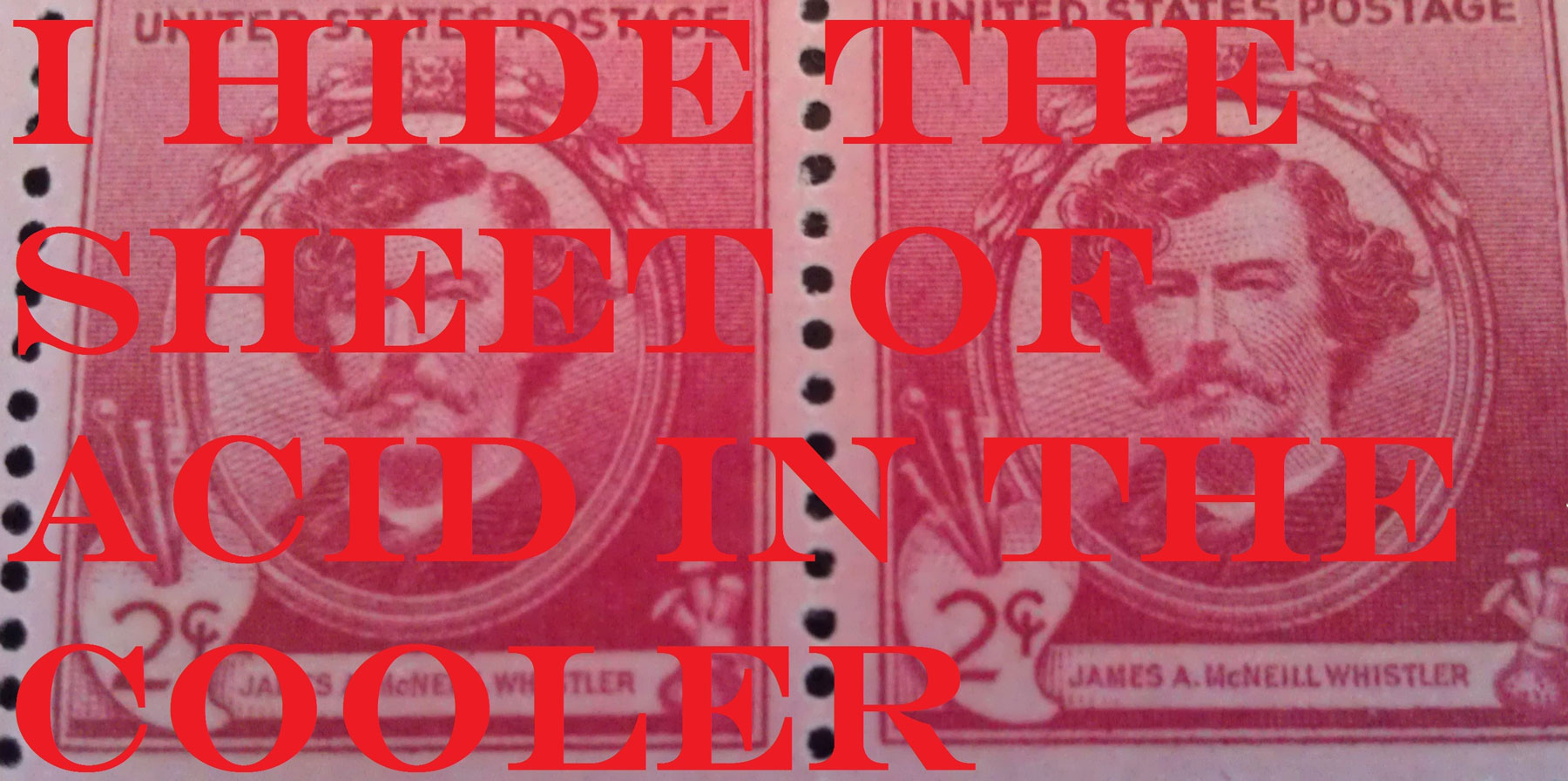
Acid

Posterity
A Note on Pearls Before Swine
The works presented here are excerpted from my third book, a sequence of sixty-five plates titled Pearls Before Swine. My calling them plates is a nod to Rimbaud, whose Illuminations, or “painted plates,” gestures toward poetry’s relationship to photography. Verlaine dated the composition of the Illuminations between 1873 and 1875, which means that when Rimbaud was thinking “painted plates,” he was thinking of the sometimes painted paper prints and glass plates of the wet plate collodion process, a tricky sequence of maneuvers in which glass plates are coated with collodion mixture, set in silver nitrate, exposed while still wet (able to take an exposure only while still wet), and immediately developed.
Rimbaud’s Illuminations have a precariousness as well as a lushness and luminosity—they course with life and imagination—that has always made his choice of the descriptor “painted plates” feel appropriate. One might also say that there is, in the wet collodion process, a fusion of technique and magic, vision and timing, that corresponds to the poet’s own venture of skill, grace, and luck: for those early photographers, exposure times were stretches of heightened, volatile time—that is, alchemical (chemical) time as well as time highlighted as flux and transformation, material and inscription, ruin and distortion threatening at every turn.
I call these “plates” in the spirit of the Illuminations’ precarity, vibrance, and stickiness, but also because I plan to produce them as acrylic plates. The sequence is important. I would ask that one start at the beginning and work his or her way through to the end. The images have a syntax—of color, sound, figure, theme—which has a cumulative effect, though individual images are nevertheless intended to stand on their own.
The plates are photographs of photographs overlaid with appropriated and original colored text. I chose to leave them blurry, broken, and grainy because I wanted them to be at once intimate and sublime, trashy and lyrical. Titles and occasional notes appear at the end of the sequence. I had in mind the fanzines of Harmony Korine, the illuminated books of William Blake, Tumblr, Cy Twombly and Jean-Michelle Basquiat, Barbara Kruger and Jenny Holzer, Sherrie Levine and Richard Prince, Lana Del Rey and Frank Ocean, Mike Tyson, Luis Gispert, Antigone, and Friedrich Nietzsche, Walter Benjamin, and Martin Heidegger.